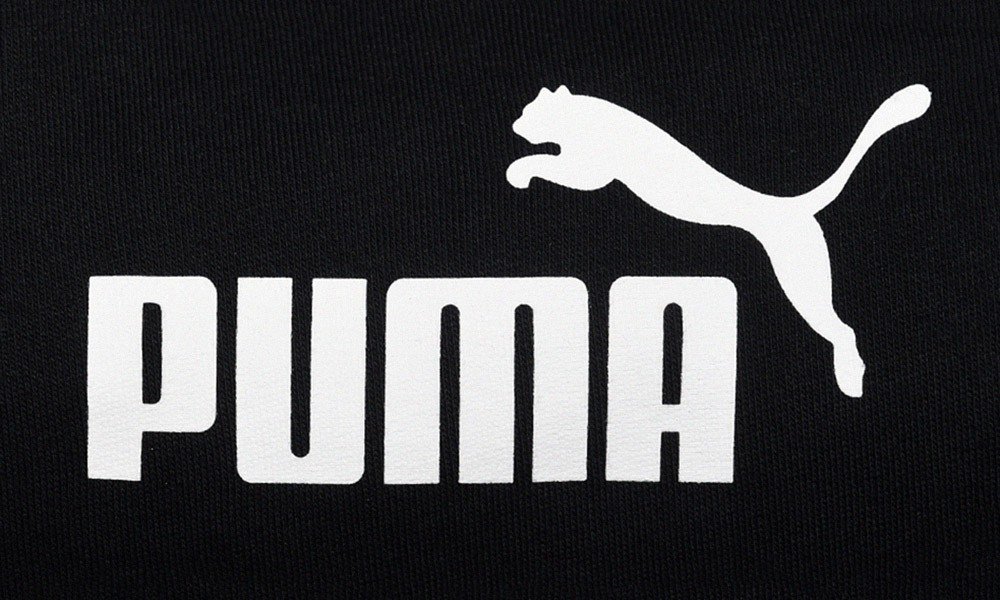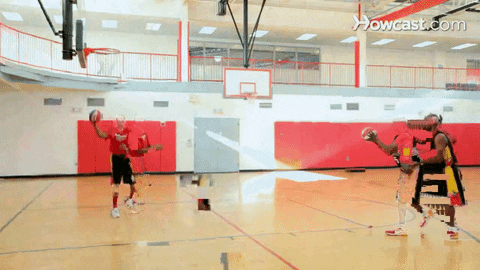This post is part 2 in our series on the architecture of a brand. For part 1 see “What is a Brand?”
A brand’s visual identity can be defined as what the consumer pictures in their mind when they hear the brand name. This includes the logo mark, but is also much more. A visual identity encompasses all visual inputs that can be associated with a brand. Some major examples of such inputs would be: color treatment, interior design and atmosphere (if the brand has brick-and-mortar space), website, print collateral, packaging, and advertisements.
Wikipedia describes corporate visual identities as having four primary functions:
1. First, a corporate visual identity provides an organization with visibility and “recognizability”…
2. Second, a corporate visual identity symbolizes an organization for external stakeholders, and, hence, contributes to its image and reputation…
3. Third, a corporate visual identity expresses the structure of an organization to its external stakeholders, visualizing its coherence as well as the relationships between divisions or units…
4. A fourth, internal function of corporate visual identity relates to employees’ identification with the organization…
Take a moment to test the idea of a visual identity with a few brands that are very familiar to you. What do you see when you recall them? When you think of Coca-cola, do you see the familiar cursive white script on a bright red background? Maybe the familiar glass bottle silhouette?
When you think of puma, do you see the leaping cat mark and the blocky PUMA typeface?

How about McDonald’s? Are you seeing the yellow arches over bright red? Maybe you are picturing one of the familiar restaurant locations?

Next, try this same exercise on your own brand. Try to do this from the perspective of a customer or client. Do you like what you see, or could there be room for improvement?
The brands that leverage visual identity better than the rest are able to stand out amongst their competitors and remain forefront in consumer’s minds because of one thing: they are deliberate about the appearance of everything that their brand name touches. When this approach is put to work, it makes a brand’s image both distinct and “sticky.” With a distinct and deliberate visual branding approach, a brand is better able to stand out in the crowded market, both physically (think vehicles, ads, storefronts), and professionally. Familiar and forward visual identity allows the brand to become sticky in the minds of consumers, when they are considering the brand’s product or service offering.
Many brands are extremely protective of their visual identities, as they very well should be. The visual identities of highly-established brands, which we often see today, are the results of years, sometimes generations, of careful, deliberate iteration. These brands employ branding guidelines, or “brand books” consisting of documents that reach into the hundreds of pages, outlining how a brand’s visual identity can, and more importantly, cannot be utilized.
Because visual identity is an element of your brand over which you retain complete control, this makes it an even more important piece of the branding puzzle. We often advise our clients that, generally speaking, a distinct and striking visual identity does not require any more investment than a poor one. You are already having a logo mark designed; why not ensure that it is eye-catching? If you are already remodeling your retail space, why wouldn’t you make sure that the new space is modern, beautiful, and represents your brand well? You are already having a website designed; why wouldn’t you opt for a design that is distinct and delightful to use?
[bctt tweet=”A distinct and striking visual identity does not require any more investment than a poor one.” username=”QuarryDesignGrp”]
So how do you ensure that you have a memorable, recognizable brand identity? Don’t worry; a 150-page branding guidelines document is not a necessity. In fact, there are a few simple steps which you can put into practice today:
1. Care

This may seem overly simple, and, in truth, it may be. However, it is an essential first step. At Quarry, we too often encounter businesses which, simply put, do not truly care about the way that their brand appears to consumers, both visually, and beyond. Unfortunately, this carelessness with visual identity is manifested as sloppiness…
Begin to care about how your brand is visually represented in every possible way. Care if all of your employees include the correct version of the company logo in their email signatures. Care if the invoices that are sent to customers include the current version of the company logo. Care if the design of your weekly email newsletter properly matches your brand color treatment. These are but just a few possible examples.
When you carefully craft every last detail of your brand’s visual identity and appearance, your business will inherently appear highly professional to your customers, clients, and leads.
2. Be Distinct

Being distinct in your visual identity means ensuring that however a customer, client, or lead encounters your business, the branding will be eye-catching, striking, and memorable. Consider some brands in your local market who execute this well. One example could be a local service provider (landscaper, contractor) who wraps their truck fleet with a memorable branding design. How about a candy shop, with very bright, colorful signage and an interior space to match?
Distinctiveness in visual identity and branding is relative, as no two examples of visual identity are alike. However, regardless of your business type or existing visual identity, you can always aim to achieve visuals which will be eye-catching and memorable. This will foster the “stickiness” mentioned earlier in the minds of your potential customers.
3. Be Consistent

Caring about your visual identity is critical. Ensuring that your visual identity is distinct will make your brand that much more memorable in the minds of consumers. Now you need to make sure that your brand’s visual identity and appearance is consistent everywhere that it can be found.
Inconsistency in visual identity and branding is confusing to consumers, can appear sloppy and unprofessional, and can send mixed signals to viewers.
An easy practice in consistency is to avoid the use of non-current or older versions of your logo mark or branding across different placements. At Quarry, we’ve seen many companies go through a rebranding and fail to update their logo mark and accompanying branding consistently across all outlets and channels. This includes: business cards, letter-head, social media profiles, email signatures, and more. Consistency in branding is an easy and simple way to ensure that your appearance and messaging remain clear and consistent to your current and potential customers and clients.
4. Work with professional partners

Choose to work with design and marketing partners who will care about your brand’s identity almost as much as you do. (We say almost, because no one should be able to care as much as you, as it is your personal business overall). Many designers and marketing partners will take the path of minimal resistance and simply provide their clients with exactly what they are asking for in order to complete the project as quickly as possible.
When choosing a design partner, be careful to select one in which you can feel confident that you will be provided with the expertise and direction needed to ensure that your brand is represented in the best possible way.
5. Audit regularly

Remember that exercise from earlier where you tried to picture your brand through your customer or client’s eyes? Do this regularly and often. We can easily become so close to our businesses that we can’t see potential problems or issues that are right under our own noses.
Set aside time on a regular basis to step back and do your best to take in your brand’s visual appearance in the same way that one of your customers or clients might, both figuratively and even literally. This could mean walking through your building’s front door or main entrance to experience what a customer sees when they first enter. Or maybe this means pulling up your website and completing a purchase, just like a customer would.
Simple exercises like these can be valuable in uncovering potential issues or gaps in your brand’s visual experience.
6. Ask for outside input

Similar to performing a self-audit on your brand’s visual identity and appearance, an even more valuable approach can be to ask friends, family, total strangers, or better yet, your customers, about their perception of your brand. For this to be effective, it is important to try to seek individuals who would be able to provide objective and unbiased responses. (This may rule out spouses, parents, children, etc.)
Some effective questions to ask these helpful branding guinea pigs would be: “What comes to mind when you think of my brand/business?,” “In your own words, how would you describe the appearance of my brand/business?,” “What is the first thing that comes to mind when you hear my brand/business’s name?”
As with most input or constructive criticism, the responses that you receive to these surveys should be measured with a grain of salt. It is probably not wise to overhaul your brand’s entire visual identity based on a comment from your next-door neighbor; however, the responses that you receive to these questions may yield some eye-opening and valuable insights on how your brand is perceived in the eyes of viewers.
We also mentioned asking your customers for their feedback on the visual experience your brand provides. This is the ideal channel for receiving such input, as you are going straight to those who are most commonly viewing your brand. This can be accomplished in a number of ways, but some of the most effective methods include sending 1-to-1 emails directly to your top 10% or VIP customers or performing online surveys through tools like Survey Monkey, Typeform, or Google Forms. (all of which are free!)
The fact of the matter is, every brand has a visual identity, whether that is a carefully crafted logo mark protected by 150 pages of corporate branding guidelines, or as generic as 12pt, Arial text on a screen. The question is: will you leverage this passive element of your branding as a carefully crafted piece of your marketing strategy?
Get our blogs in your inbox
No spam. Ever.
Only good, clean value. Scout’s honor.
Make the connection
Discover how Quarry's unique blend of design, technology, strategy, service, and economy can grow your digital product.
